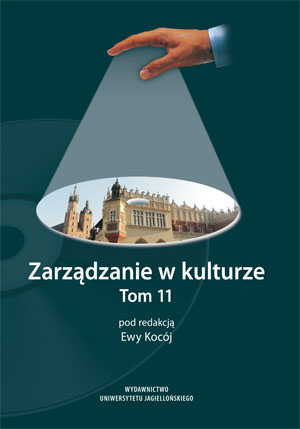Francuska ustawa o muzeach
The French Museum Act
Author(s): Magdalena DolińskaSubject(s): Cultural Essay, Political Essay, Societal Essay
Published by: Wydawnictwo Uniwersytetu Jagiellońskiego
Keywords: Culture; Culture Management; Culture Education; Cultural Sector; Ethnology; Cultural Information
Summary/Abstract: The history of the public museums in France began at the end of the XVIII century, when the ravages caused by the French Revolution made it clear that the cultural heritage had to be protected. In 1791 the National Assembly decided to make the ancient royal collection of art accessible to the public and to create a national museum in Louvre. In 1802 the French government commenced the policy of museum foundation in the provinces, on the basis of the deposits of national collections of art. In 1882 the existing museums were divided into two categories – national and municipal or departmental, while in 1945 they were divided into three categories – national, classified and controlled. At that time, the museum was defined as a permanent collection, rendered accessible to the public, consisting of works of artistic, historical or archeological value. In the second part of the XX century a growing variety of museums and their collections had led to the necessity of creating a new definition of this institution as well as of new rules aimed at their protection. In 2002 a new law on the museums of France was introduced; it defined the rules of museum activity as well as the scope of state protection and control on them. A new definition of a museum was also elaborated. It was now defined as a permanent collection, composed of values, whose conservation and presentation is in public interest and whose goal is to inform, educate and entertain the society. In 2004 the law on the museums of France became an integral part of the Code of the Heritage (Code du Patrimoine) in which all the laws and decrees concerning the protection of cultural values, archives, libraries, museums, archeological excavations, historical monuments as well as protected places and landscapes, were assembled. In the Code, the existing regulations were simplified and set in order, and the definitions of two important notions – namely that of cultural heritage and of national treasure – were introduced.
Journal: Zarządzanie w kulturze
- Issue Year: 2010
- Issue No: 11
- Page Range: 129-140
- Page Count: 12
- Language: Polish

